Colby Parker Jr., the editor behind Sony Pictures’ Gran Turismo, unveils the necessity of substantial visual effects and CGI in the film’s production.
The world of cinema often associates heavy special effects with grandiose superhero flicks or futuristic adventures. However, the latest revelation surrounding the film Gran Turismo challenges such preconceptions. Colby Parker Jr., the editor of the film, provides insight into the significant usage of CGI in bringing the thrilling racing adventure to life. This article delves into the reasons behind the extensive reliance on visual effects in Gran Turismo, shedding light on its creative process and its impact on the film’s storytelling.
The Unexpected CGI Intensity
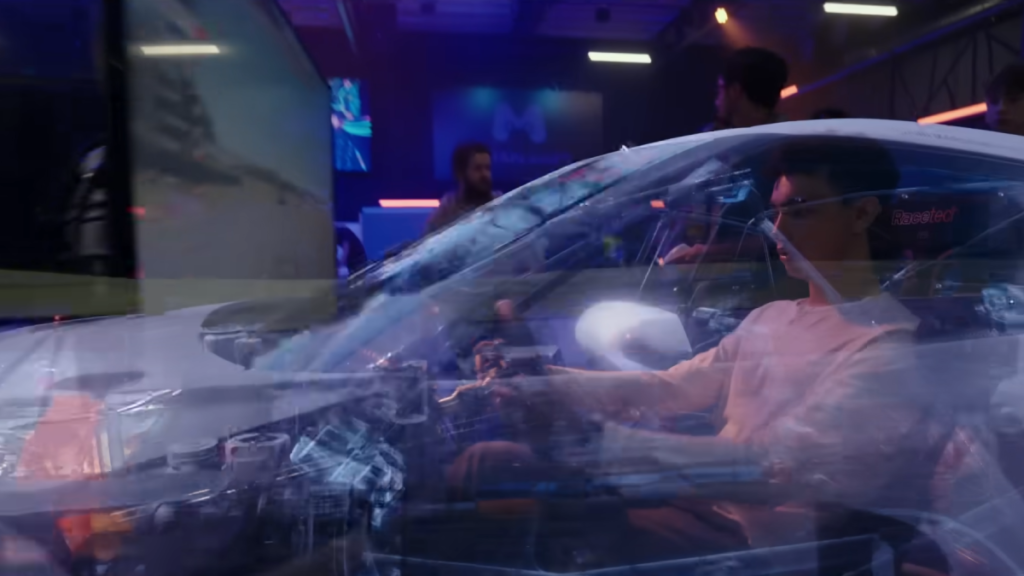
In an exclusive interview with Colby Parker Jr., he offers a behind-the-scenes perspective on the extensive use of CGI in Gran Turismo. The film, based on PlayStation Productions, follows the journey of Jann Mardenborough, who transitions from video game victory to real-life racing success. While CGI-heavy movies often encompass superhero sagas, Gran Turismo veers from this norm. Parker Jr. reveals that despite its genre, the film heavily relied on CGI to achieve its visual goals.
Visual Effects Enhance Realism
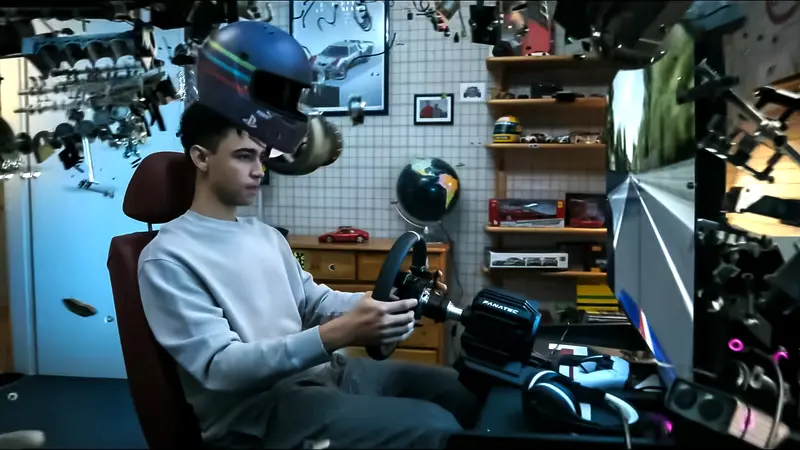
Parker Jr. elaborates on the strategic application of CGI in the movie. He mentions that certain scenes required CGI cars due to their inability to achieve desired speeds. The editor explains that although not every racing scene was CGI-driven, carefully chosen shots were enhanced with computer-generated cars. Moreover, the film employed graphic overlays to provide clarity during racing scenes, mimicking the game’s visual elements and allowing the audience to better follow the action.
Creative Problem-Solving Through CGI
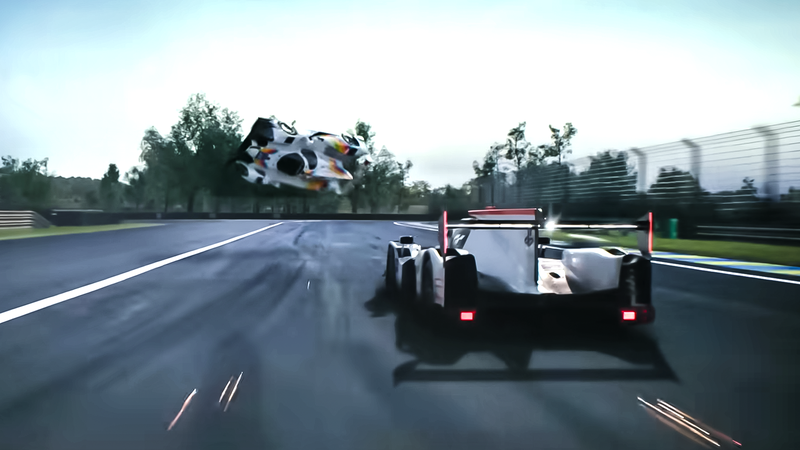
Parker Jr. discusses the use of freeze frames to heighten clarity and emphasize pivotal moments. This technique, suggested by the editor himself, aimed to ensure that viewers grasp the high stakes of the races. He details how director Neill Blomkamp suggested incorporating tags over cars to differentiate them, a decision that enhanced the audience’s understanding of the racing dynamics.
Balancing CGI with Authenticity
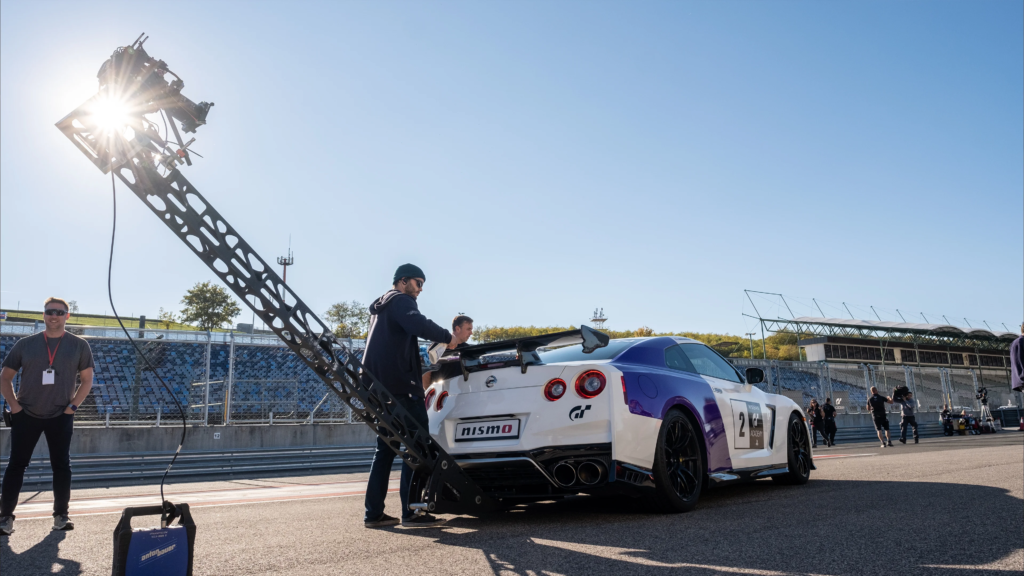
The film’s inclusion of various brand logos and advertisements is noteworthy. Parker Jr. clarifies that these elements were seamlessly integrated into the film’s world, maintaining authenticity without imposing any mandates. The editor emphasizes that the primary focus was on storytelling and emotion, and any brand presence was a natural part of the racing world, accentuated by VFX when necessary.
Cinematic Gamer Vision
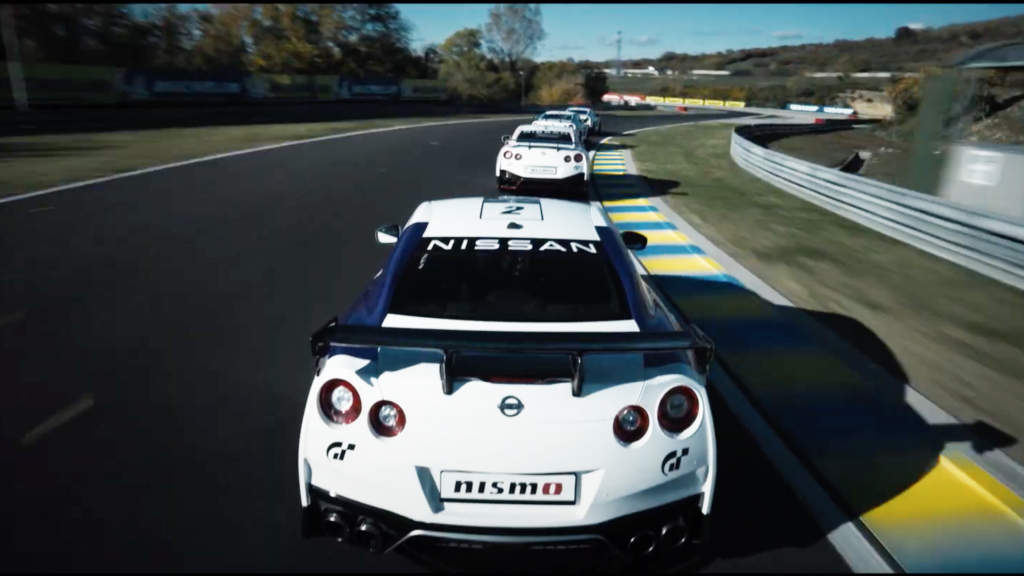
Parker Jr. highlights the innovative concept of “gamer vision.” This visual technique immerses the audience in the protagonist’s gaming perspective, enhancing engagement. Although this approach brought an intriguing dimension to the film, it was crucial to strike a balance. The editor explains how director Blomkamp recognized the need to regulate its use to prevent overexposure.
A Collaborative Editing Process
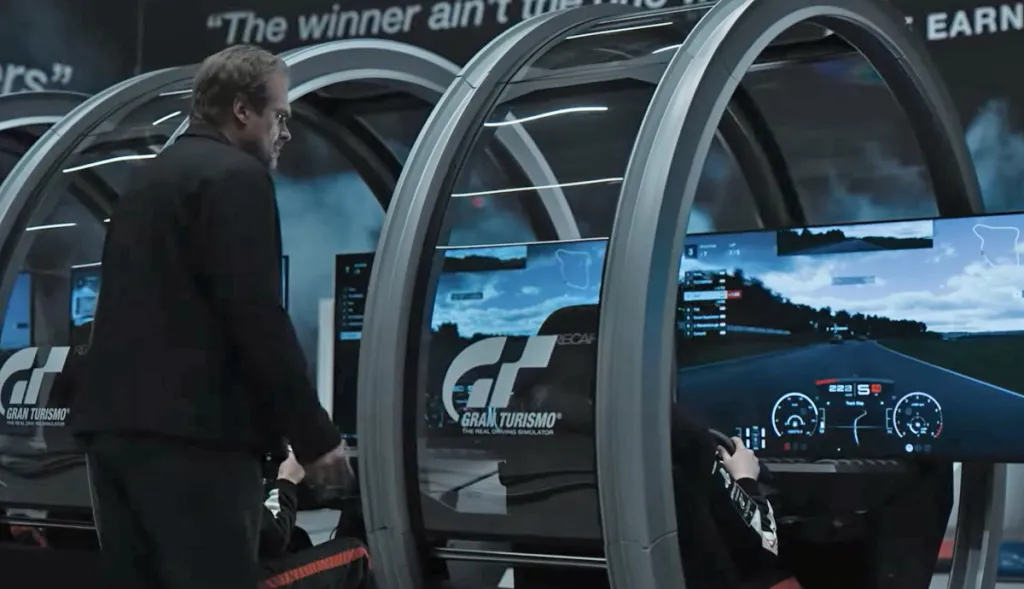
Throughout the editing phase, Parker Jr. emphasizes the collaborative approach. Frequent screenings and audience feedback informed the editing decisions. The process allowed the team to fine-tune scenes and maintain the director’s vision while enhancing storytelling and emotional resonance.
Currently, Gran Turismo is being screened in specific theaters, with a full-scale release scheduled for August 25th.
